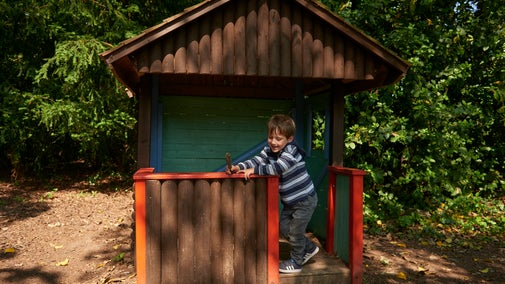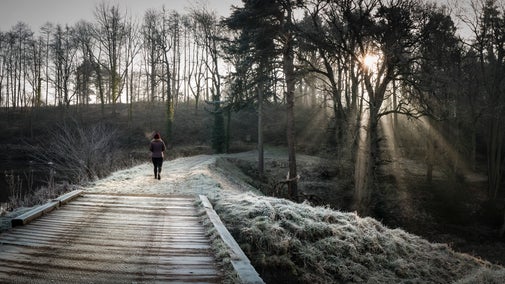
Become a member
Join today and help protect nature, beauty and history – for everyone, for ever. Enjoy access to more than 500 places with National Trust membership.
A working estate with an old family home at its heart
Quatt, near Bridgnorth, Shropshire, WV15 6QN

Comer Woods is an outdoor walking site, just a mile down the road from Dudmaston Hall. Open every day, all year round. This December, follow the trail and walk through the trees decorated by local schools and community groups.

Discover what family-friendly activities are on offer at Dudmaston in Shropshire. From seasonal trails to natural play, there are plenty of things to keep everyone busy.

Dudmaston is a two pawprint rated place. It offers plenty of opportunities for bounding, jumping and sniffing for dogs. With acres to explore, come and join us for a wander with your four-legged friend.

Comer Woods is part of the Dudmaston Estate but separate from the Hall, garden and galleries. With miles of surfaced trails to explore, the woods are open for walks and bike rides every day, all year round. Parking is free for National Trust members.

Download or view a map of Dudmaston Hall and grounds and the whole Estate.
Get away from it all and enjoy a little peace and tranquility in the garden complete with views as far as the eye can see and a love of art that seeps through.


Join today and help protect nature, beauty and history – for everyone, for ever. Enjoy access to more than 500 places with National Trust membership.